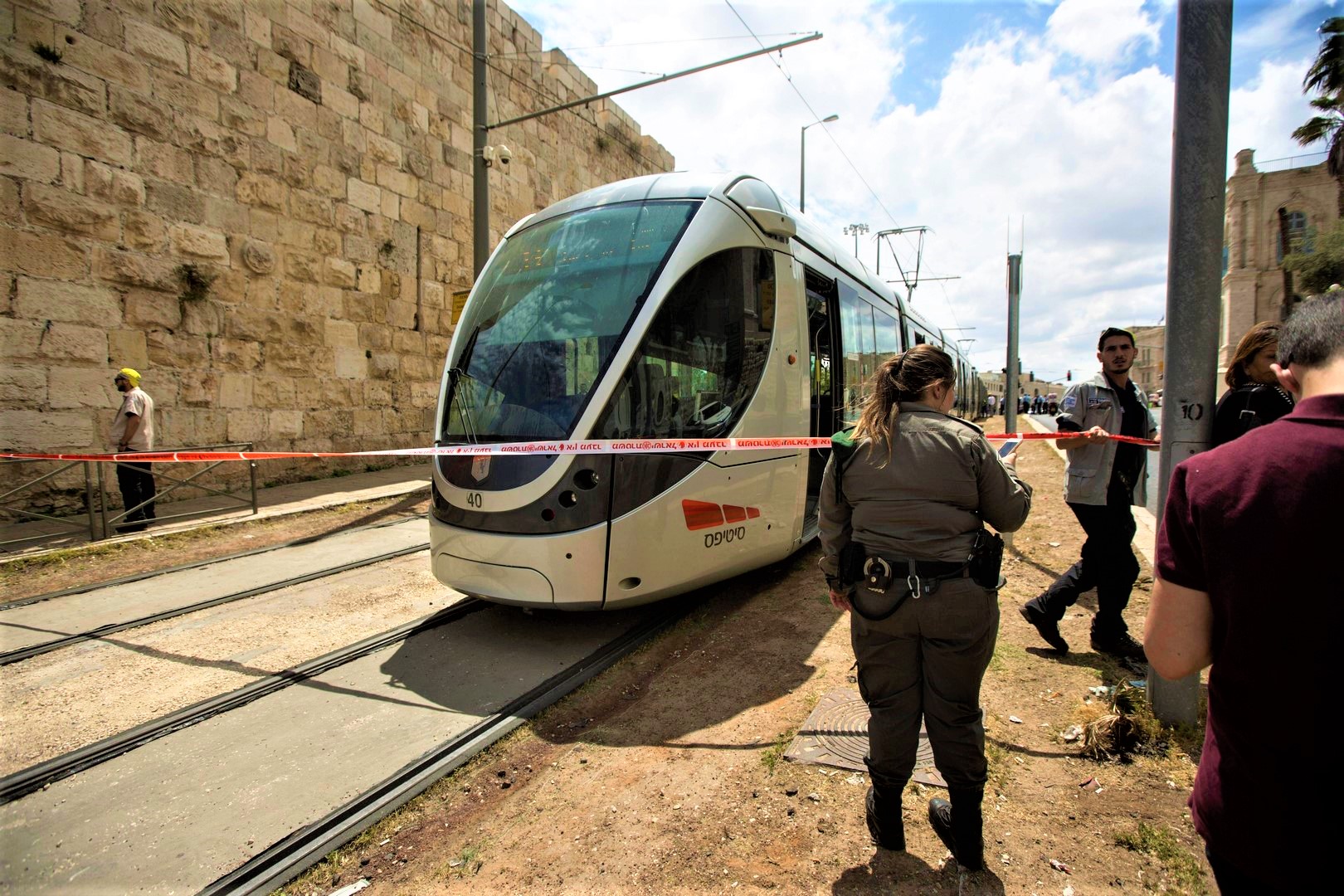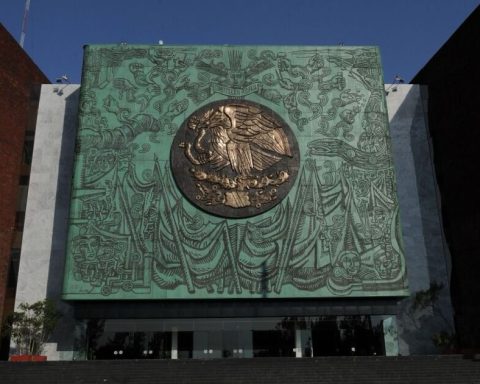Christian Nielsen
Many European cities not only continue to use the electric tram but have upgraded it to almost a tourist attraction. Articulated in formations of up to four or five modules, they are a true spectacle apart from constituting an efficient, clean and silent means of transport. In the Near East, millennia-old Jerusalem has ultra-modern trams in service moving along the old city lines and in stark contrast to the stone walls and towers erected 2,000 years ago in the days of Herod the Great.
Why in some cities yes and in others not? What has determined that this old means of mobility that was born with the practical use of electricity, has been left aside in many cities, including Asunción?
In some cases it has been due to financial inability to modernize the system. In others, by simple political decision without major technical or economic foundations.
FIRST TRAMWAY
Derived from the English tram, or streetcar, the first began to circulate in 1804 in the small Welsh city of Swansea. It was pulled by horses and remained so until the end of the 19th century when electricity was imposed as a power generator.
Apart from those powered by blood and electricity, there is a third variant of trams: those moved by chain or steel cable. San Francisco is the only city that maintains this type of traction consisting of a chain that runs under the pavement and to which the cars that maintain the original style are hooked, a true hallmark of the Californian city.
The electric tram modality spread rapidly throughout the world. Latin America adopted it very soon. After the stage of blood traction, Sao Paulo incorporated it in 1890, Buenos Aires in 1897, Lima in 1902, Mexico City in 1900 and Asunción in 1909.
The dismantling and disappearance of trams in these cities began in the 1960s, when buses began to increasingly occupy the streets and trams, with their slow and heavy movements, became an obstacle to the transit.
FROM THE LOOM TO THE TRAM
The English were world owners of the franchise to install this transport system. In May 1872, just two years after the end of the War against the Triple Alliance, the firm Horrocks & Cía obtained a license to operate the first horse- or mule-powered tram line.
A few words about this British company. William Horrocks is responsible for developing the first mechanical loom in 1785, the quintessential paradigm of machine tools that paved the way for the first industrial revolution.
The Horrock tram began to circulate on the route that went from the port of Asunción to the railway station. They were small cars with capacity for no more than twenty passengers that circulated at a few kilometers per hour.
According to the American researcher Allen Morrison in his book “The Extraordinary Trams of Asunción”, Horrocks built a 1.5-kilometre line between the port and the train station in Plaza Uruguay in 1871. The Tramways Company of the City of Asunción extended the line to Belvedere, a beautiful garden on Avenida España and Calle Brasil. Horrock sold his company 12 years after it was started to Francisco Morra, who extended the line to the neighborhood that today bears his name.
Finally, the service was nationalized and, as happens with public companies, it soon lost capital and had to resort to buying discarded trams in Brussels. Circulating on rundown and poorly maintained roads, these vehicles continued to thunder through the streets of Asunción until they finally disappeared around 1997.
RESURRECTION
With 1,361 kilometers in length and 475 stations, the New York subway transports more than 1,600 million passengers a year. Such a web stretches under Manhattan, the Bronx, Queens and Brooklyn. Operating this monster requires some 30,000 employees and operators and consumes enormous funds for a mayor’s office that is always on the verge of bankruptcy.
That is why they are now seeking to resurrect the surface tram amidst a noisy controversy. By 2024, the line will link Queens and Brooklyn, will run parallel to the East River and will cost an estimated US$2.5 billion while the estimated economic impact over the next 30 years would reach US$30 billion.
Buenos Aires has also done it but on an infinitely more modest scale. It is the “Caballito tram”, an old car recovered by an association of tram friends who valued a Belgian Rag¬he¬no for 24 passengers, operated by a motorman and preserving the original plotting with advertising from the years ‘ 30.
In almost the whole world, trams have shed their skin and recovered their role as computer in big cities.
Between us, it is a story that hardly anyone knows anymore.

















